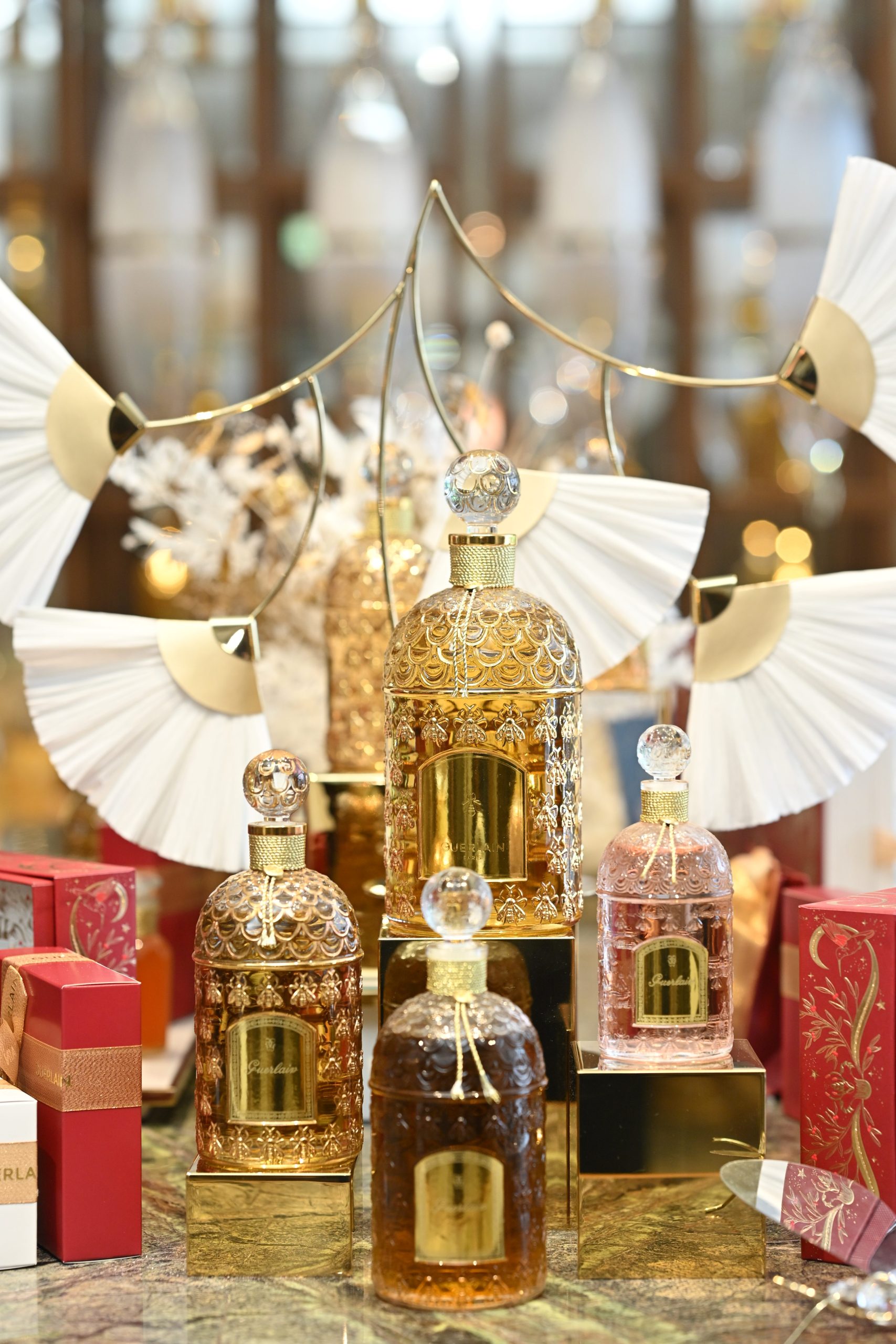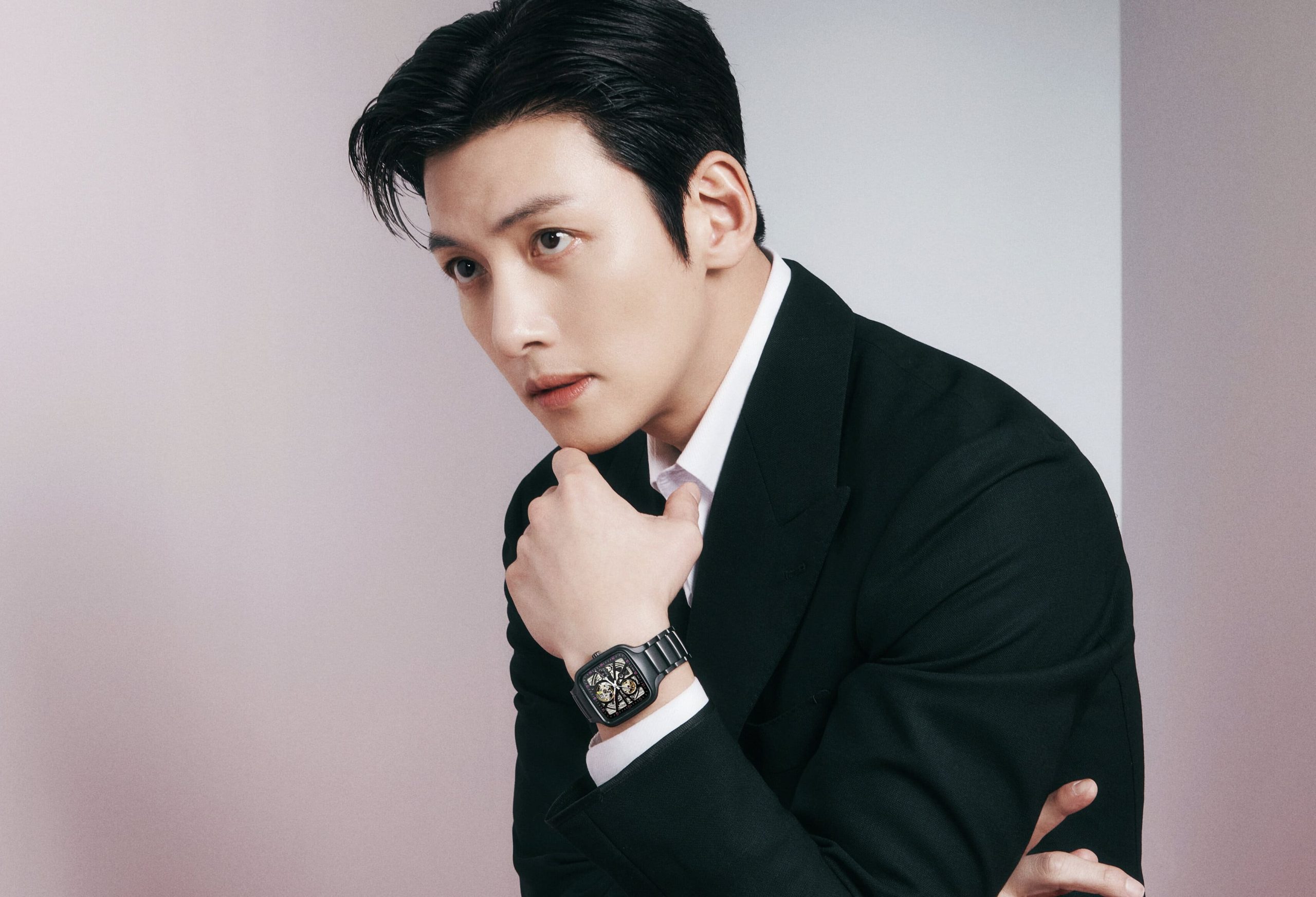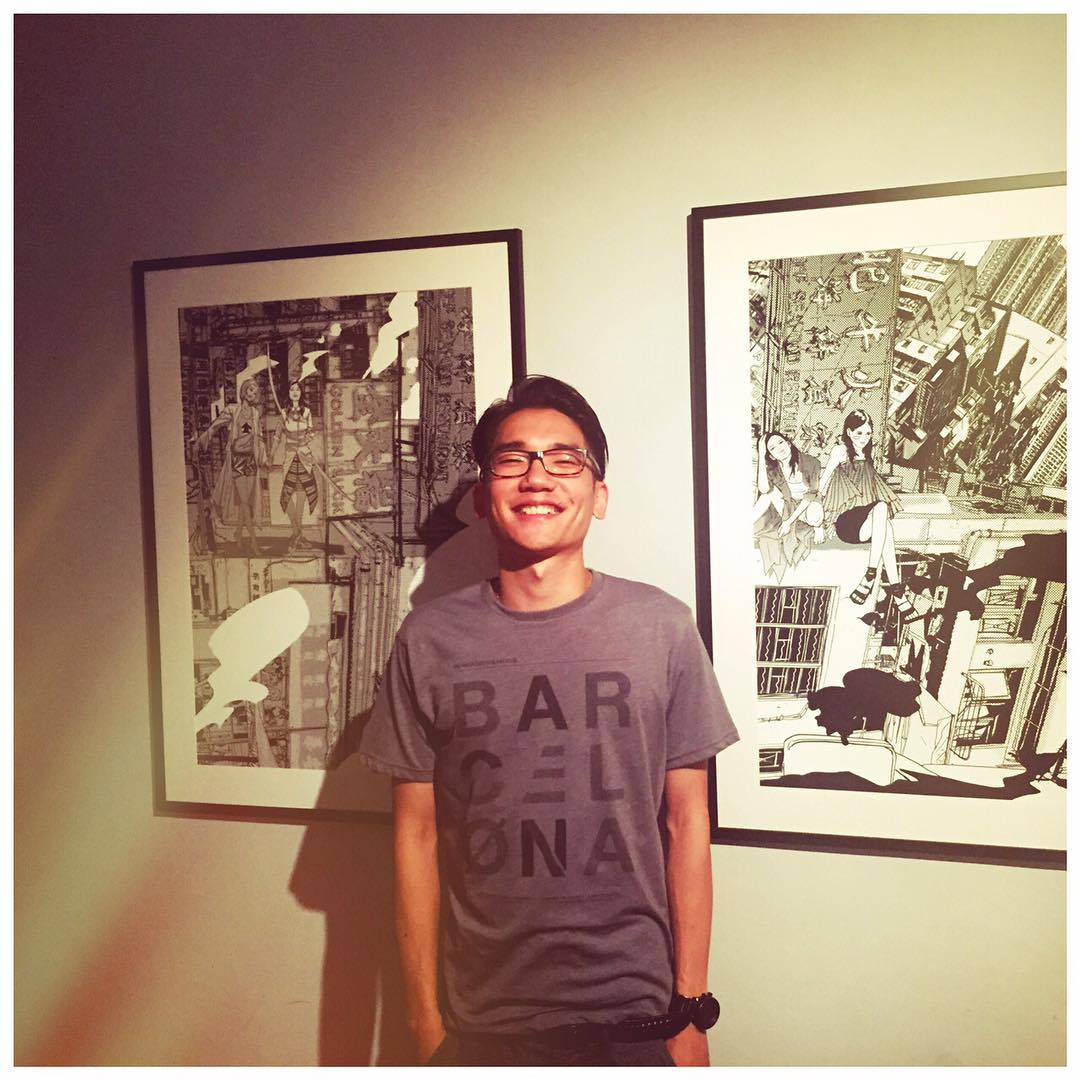Renowned Chinese artist Liu Bolin lets Dionne Bel in on the secrets behind the runaway success of his camouflage photo-performances in which he disappears into the background
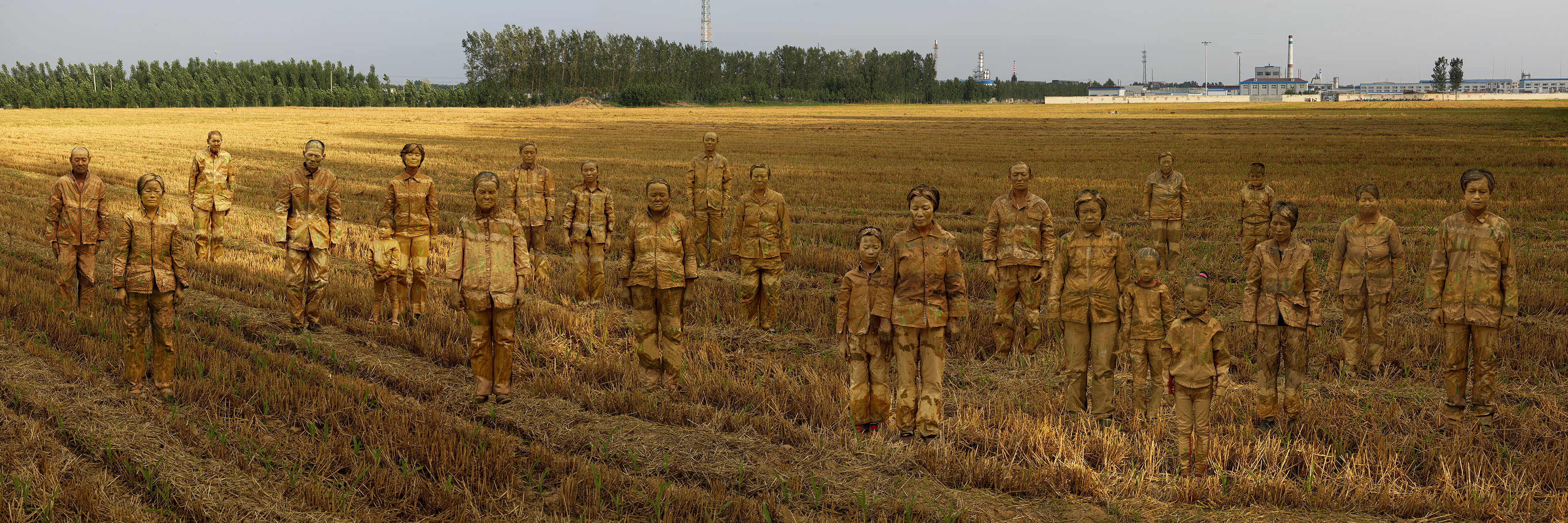
Liu Bolin, often dubbed “The Invisible Man”, has spent the past few decades creating works that merge art and activism. Born in Shandong province in 1973, he grew up witnessing China’s rapid socioeconomic transformation, which profoundly shaped his artistic vision. Known for his performance art and photography, he uses his body as a canvas, vanishing into meticulously painted environments to explore themes of identity, culture and resistance. His creations challenge viewers to consider humanity’s relationship with the systems that govern society.
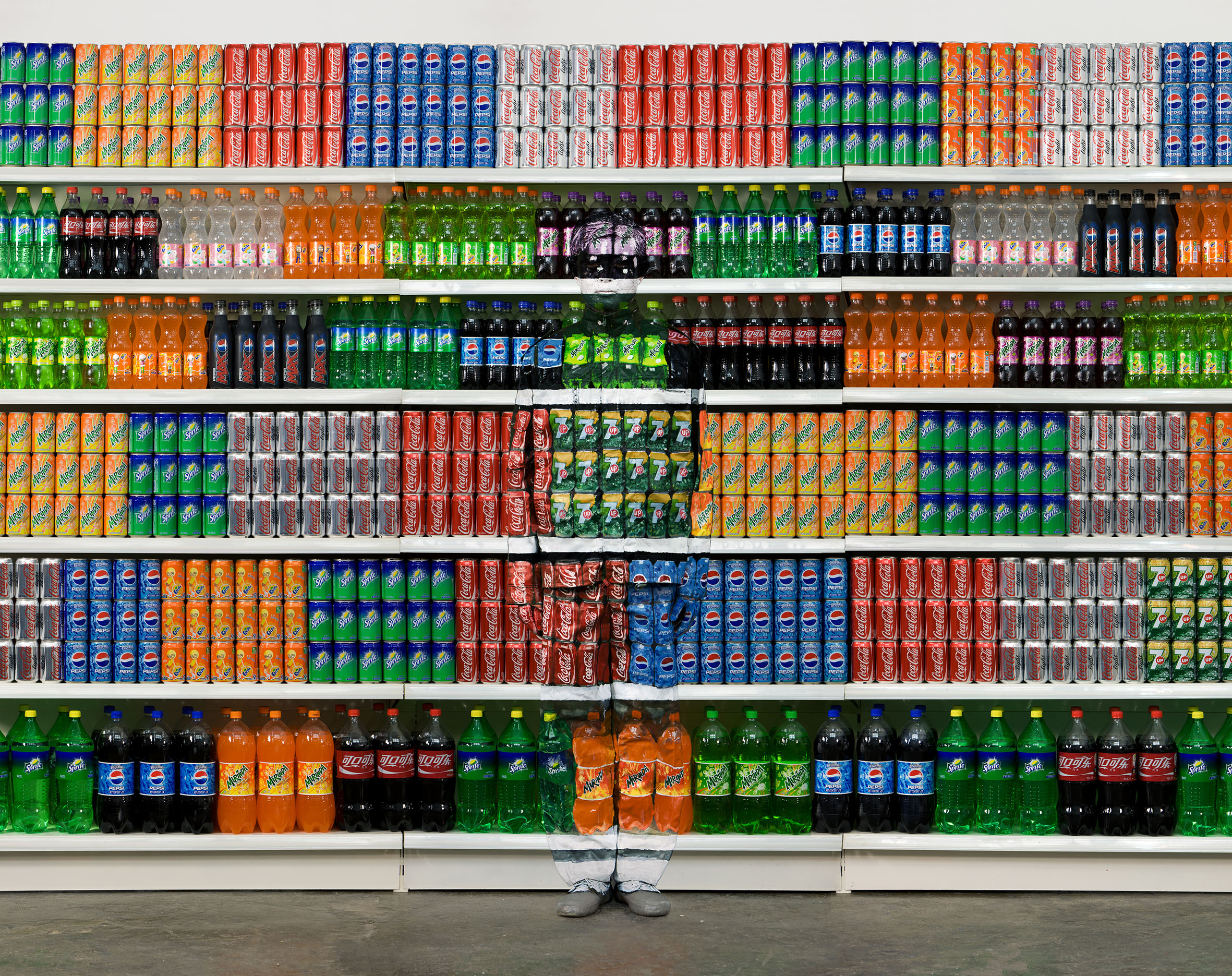
In recent months, Liu has brought his transformative hand-painted art to Singapore with Hiding in Singapore, a two-part series highlighting the country’s multicultural heritage and historical journey. It began with solo performances and portraits last October at Chinatown Complex Hawker Centre and Merlion Park during the 9th Singapore International Photography Festival.
Then, as part of Singapore Art Week in January, the second instalment unfolded at two iconic national monuments. Firstly, Liu enlisted 60 participants of different nationalities, races, cultures, creeds, languages and ages, who “disappeared” into the steps of the former City Hall (now National Gallery Singapore). This powerful photo-performance entitled We Are the World was a call for love, peace and unity, opposing war and reminding audiences of our shared humanity, in the belief that Singapore can serve as a model for living together in harmony.
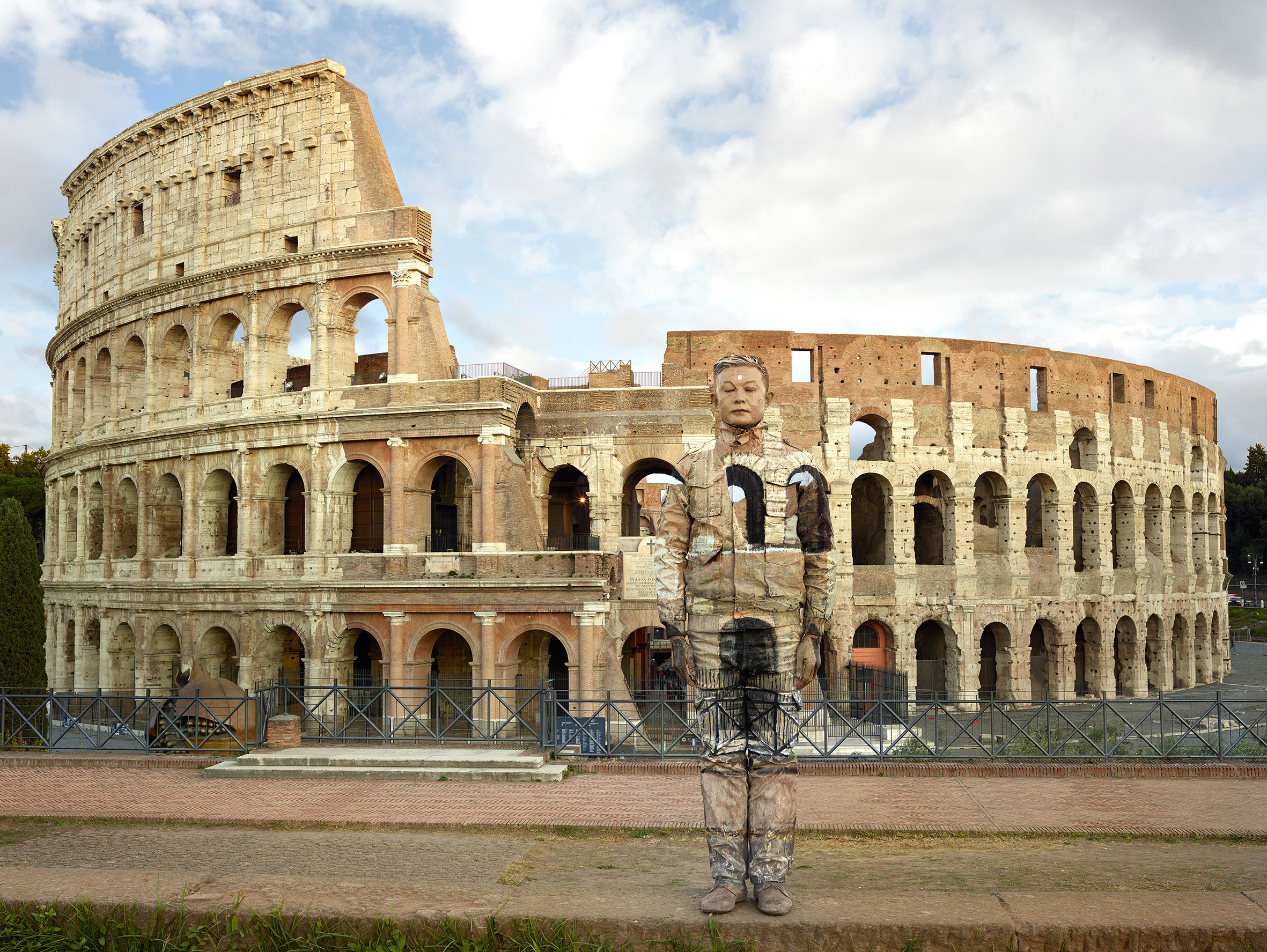
This was followed by a second living masterpiece at Clifford Pier at The Fullerton Bay Hotel, featuring eight participants including former harbour boatmen and maritime officials. This work symbolised Singapore’s evolution from a colonial trading port shaped by migrants to a thriving global metropolis.
Created to celebrate the nation’s 60th birthday in 2025, the artworks pay tribute to Singapore’s resilience and progress, reflecting key moments in its development. They illustrate Liu’s enduring ability to use art as a mirror to reflect societal truths while inspiring conversations. Through his disappearing acts, he ensures that his message is anything but invisible.
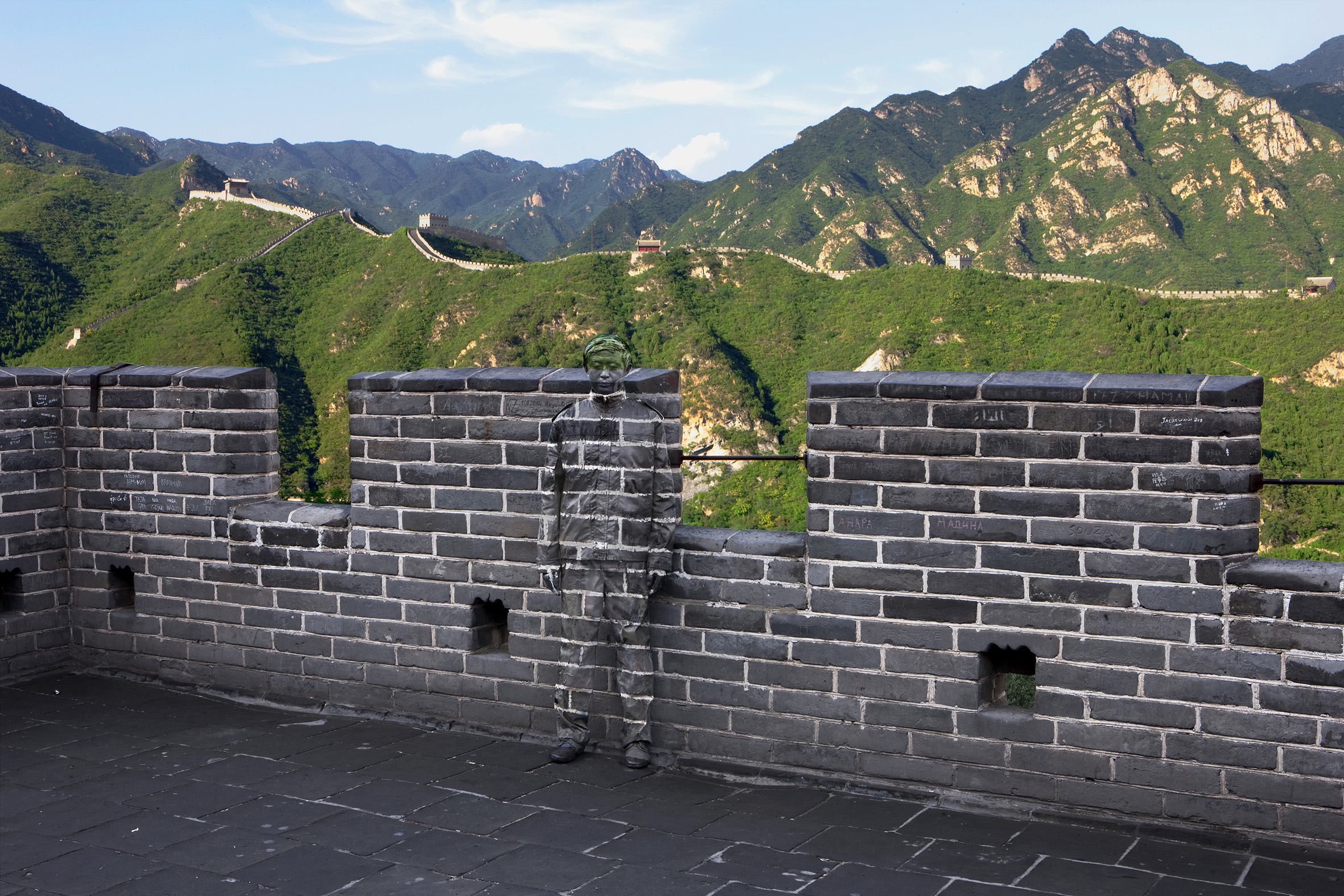
How do you balance creating visually arresting pieces while delivering powerful social and political commentary?
I have been creating Hiding in the City works for the past 20 years. When reflecting on the relationship between society and individuals, I focus on conveying my thoughts and concerns regarding societal issues. In my works, the background is very important. Choosing where to hide is to highlight the meaning hidden in that place. In principle, I can achieve invisibility in any location; however, in practice, choosing an appropriate background is often the most challenging and contemplative aspect of my work. It’s essential for me to clarify why I choose to hide within a particular backdrop: the backgrounds selected in my pieces serve as prompts that encourage viewers to
engage in deeper reflection.

As a Chinese artist working both within and outside China, how do you address sensitive topics? Has your art ever faced censorship or controversy, and how have you navigated those challenges?
I have immersed myself in diverse cultural contexts worldwide. Through this exploration, I have discovered that the development of humanity is marked by a series of contradictions present not only in China but also in every nation’s political, cultural, economic and social spheres. My work serves as a reminder for individuals to contemplate these issues and confront them directly. When creating my works, I prioritise their completion and do not place significant importance on online comments. Many individuals inquire whether the Chinese government imposes any restrictions on
my work. To be candid, I have yet to encounter any governmental limitations regarding my creations. On the contrary, due to themes of environmental and ecological protection present in my works, they have garnered extensive coverage from official Chinese television stations and websites. My fundamental intention behind these works is to reflect upon the world’s imperfections, striving for transformation through art in order to contribute positively towards a better world.
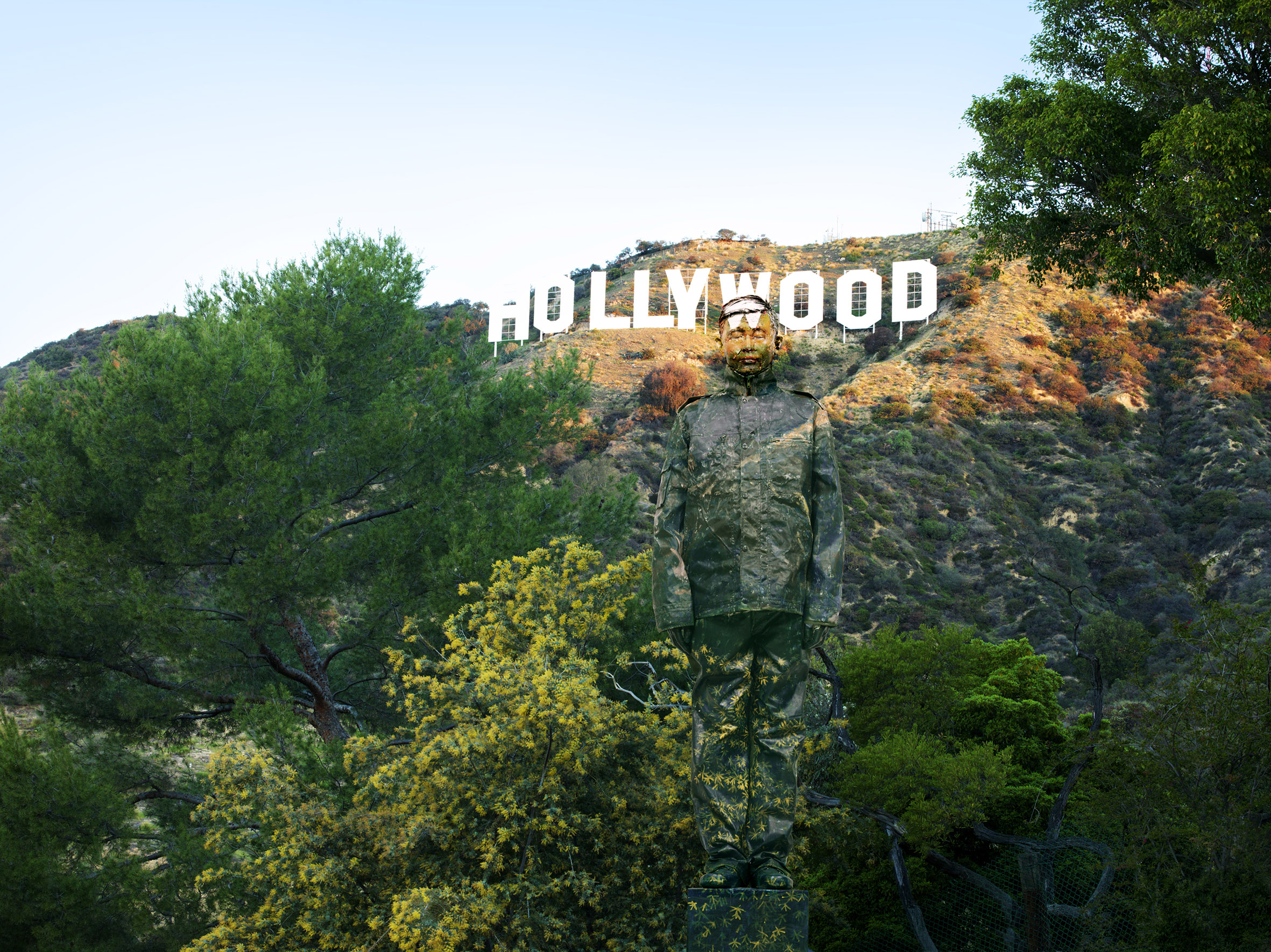
Many of your photo-performances use your own body as a canvas. Why do you want to camouflage yourself to dissolve into the background and have your surroundings swallow you up?
The choice of invisibility serves as a method of expression that is distilled from my unique experiences and distinct perspective on the world. By concealing myself, I paint my body and face to match the background colour. This practice draws inspiration from the camouflage techniques employed by snipers in warfare. Additionally, I incorporate Chinese military uniforms into my works, which reflects two aspirations I held during my youth: first, to become an artist; and second, to serve as a soldier. Through creating Hiding in the City artworks, I have realised both of these lifelong dreams.
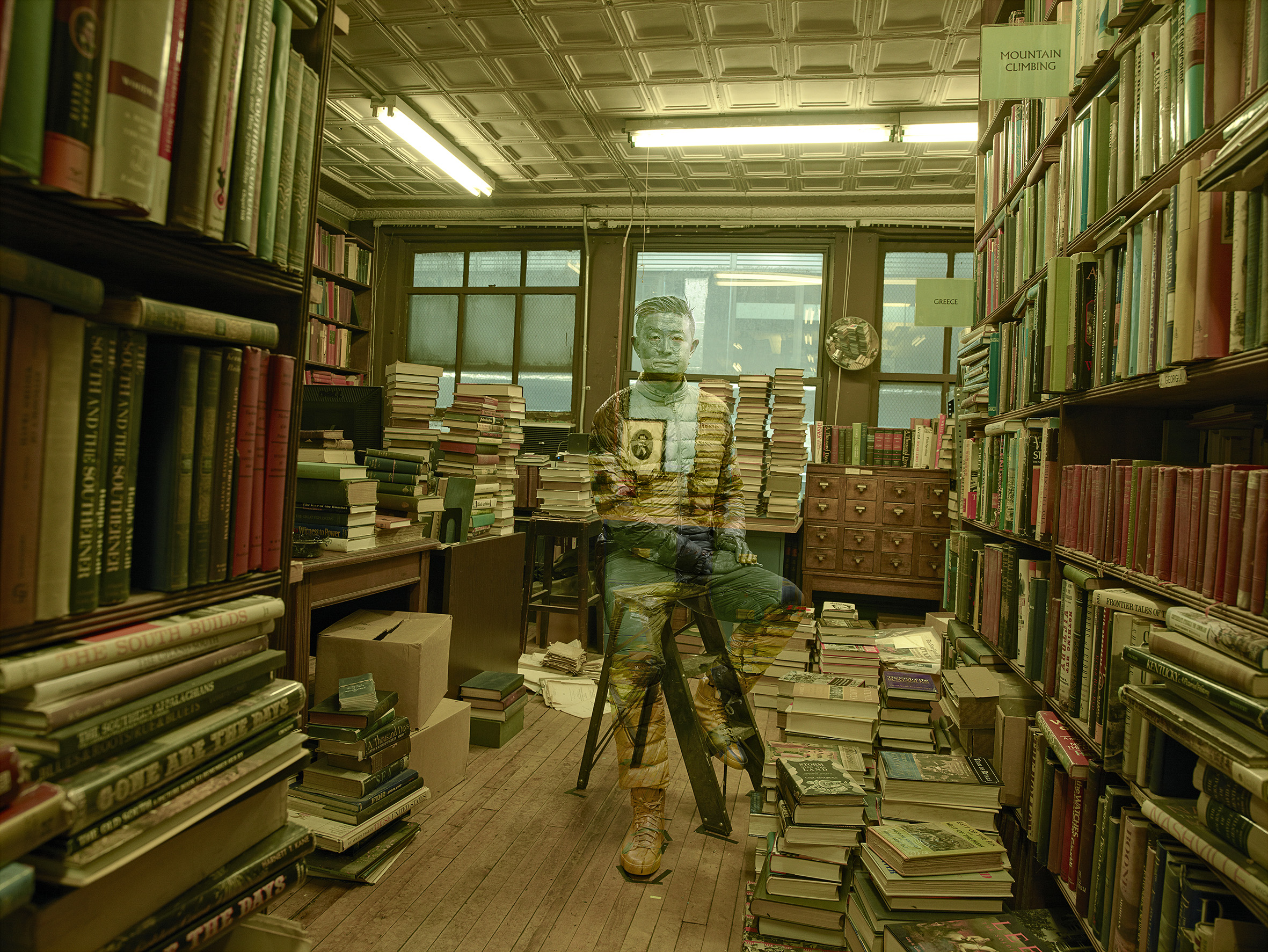
Tell us about your new project We Are the World, which was created at the National Gallery Singapore.
In October 2024, I participated in the 9th Singapore International Photography Festival. Inspired by Singapore’s unique cultural environment, I created two works that explore the history of Singapore. During their creation, I maintained close contact with local residents and observed that Singapore’s unique cultural atmosphere is distinctly different. People of diverse religions, skin colours, languages and cultures coexist harmoniously. While Singapore shares similarities with other international metropolises like New York, Paris, Hong Kong and London, it stands out for its relatively minimal social issues compared to those in Europe and the United States. Inspired by this, I wanted to create a work titled We Are the World, which invited participants from various countries, cultures and religions worldwide. Through this piece, I’m exploring as an artist the possibility of harmonious coexistence among ethnic groups with different religious beliefs and cultural backgrounds.
Also see: Art Basel reveals highlights for 2025 event in Hong Kong


